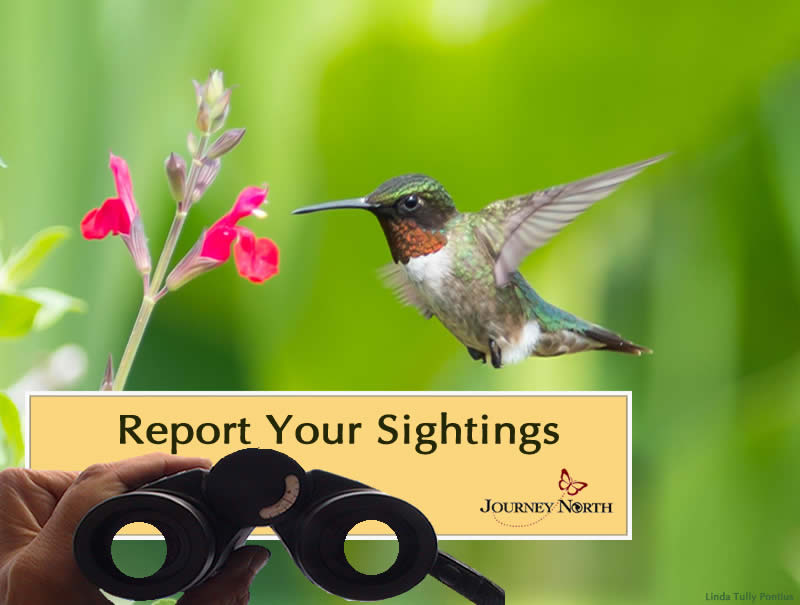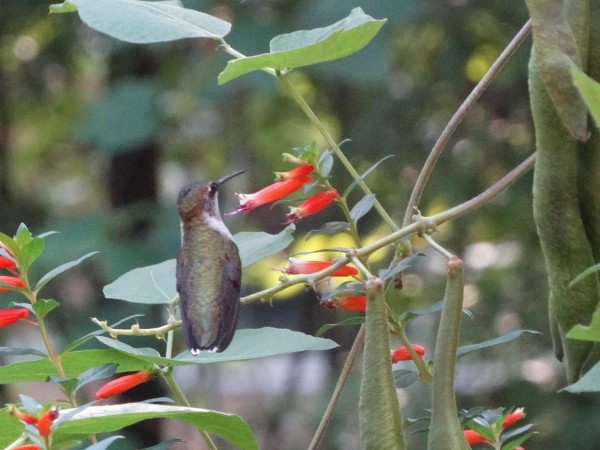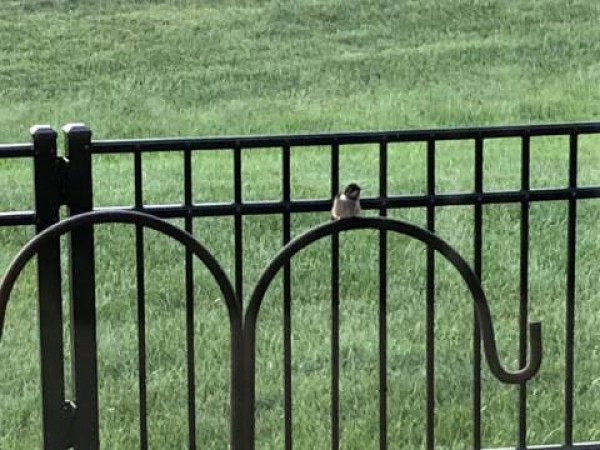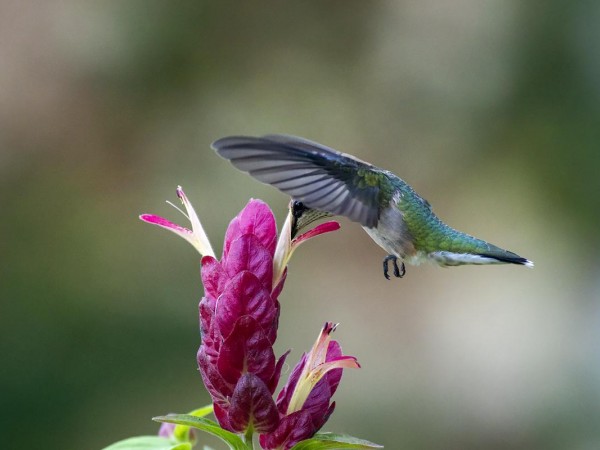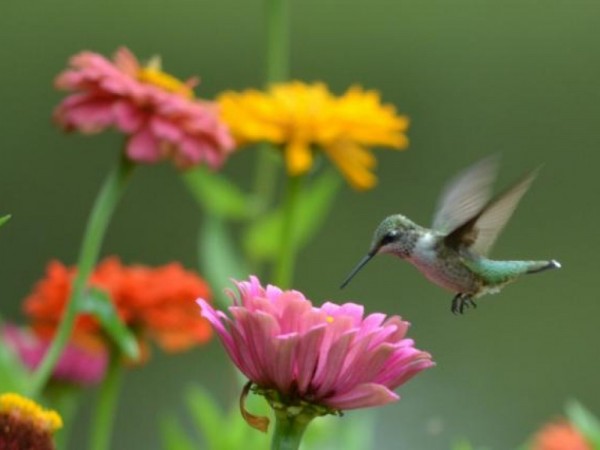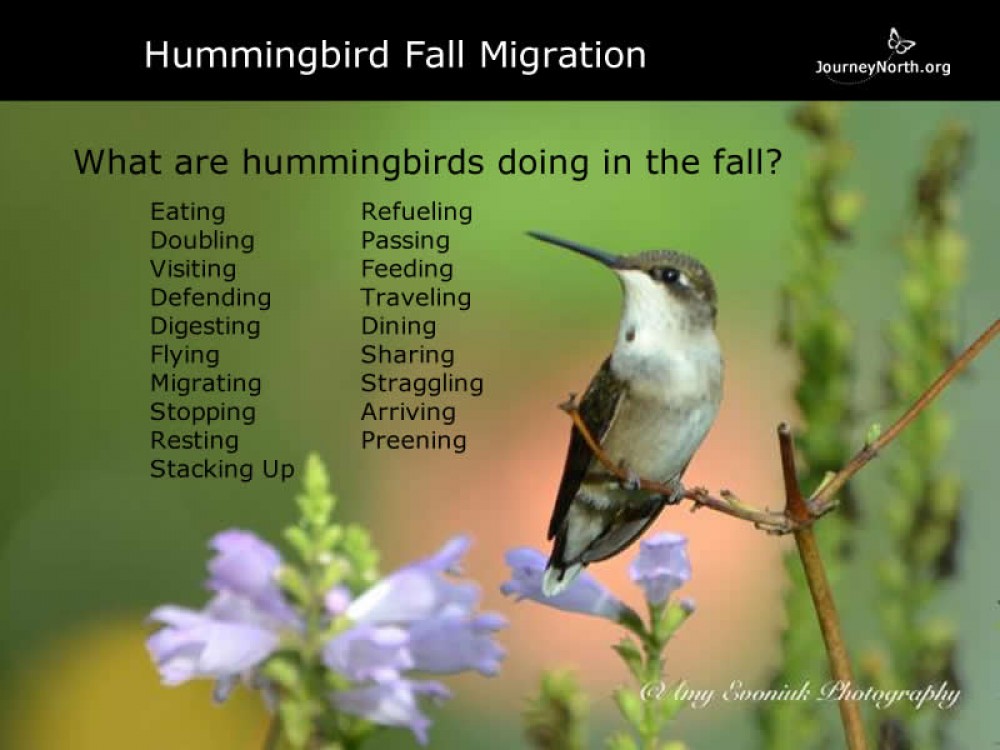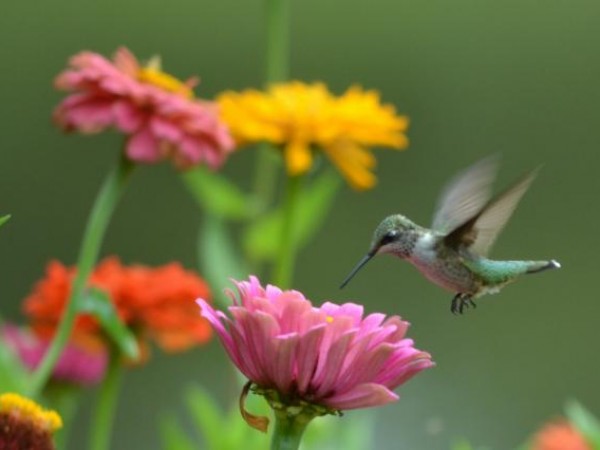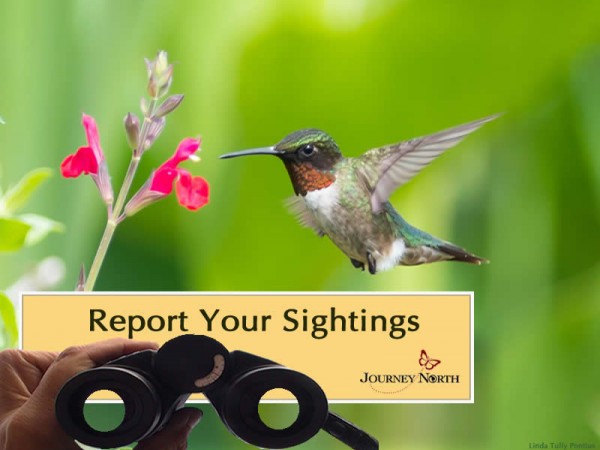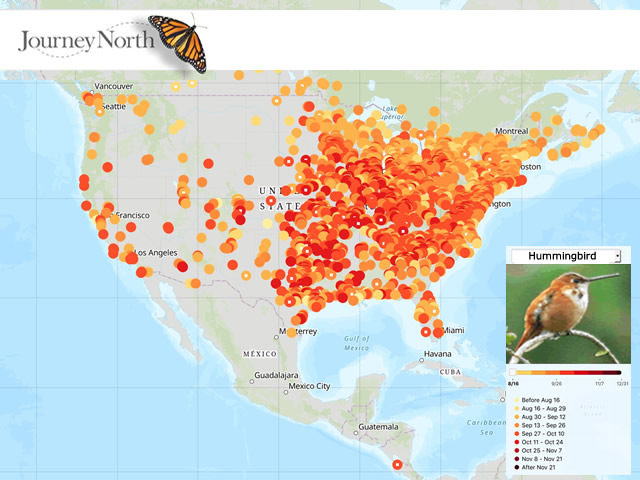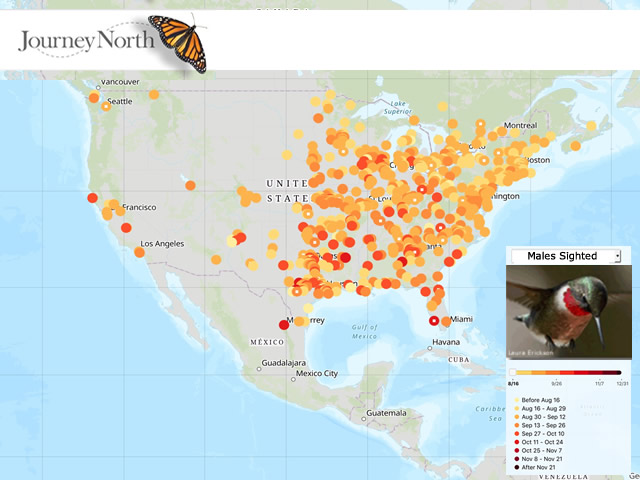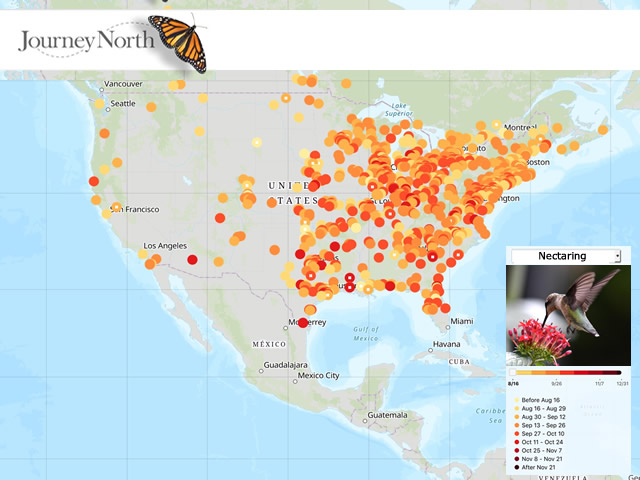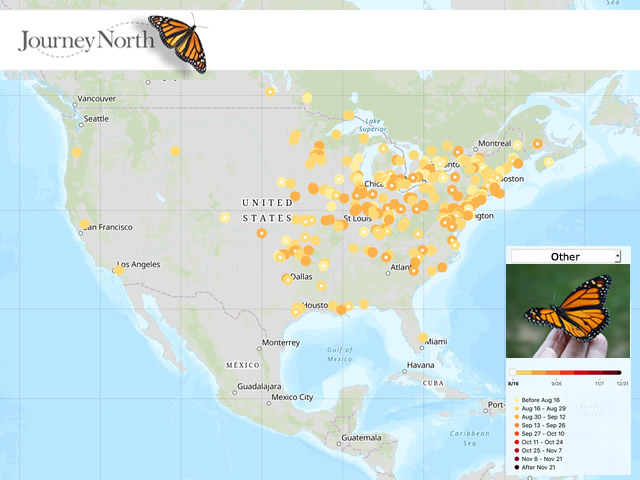Fleeing the Breeding Grounds
Moving in Waves
People reported hummingbirds coming and going this week in response to wind and weather.
"Different groups were coming in bands of 10 to 12 or more, stopping to feed, rest, and then move on." Kingston, Georgia 9/23/18
"Yesterday, I had about a dozen Ruby-throated hummers in my yard. Today, this was the only one left. It's like they literally left overnight. Others are reporting the same thing. Safe journeys little hummers." Dripping Springs, Texas 9/23/18
"As migration continues, the numbers continue to fluctuate depending on the weather. Three+ weeks ago, the heavy rains in our area paused migration. Once the weather cleared we literally had swarms of hummingbirds at our feeder and in the timber -- too many to count! The daily/consistent number for the past 10 days or so have been a minimum of a dozen." Pella, Iowa 9/20/18
Exploring the World
Over 1,300 people reported hummingbirds this week. Many saw clear clues that these were travelers. Notice how hummingbirds explore the world as they go:
"Just this one quick visitor today checking to see if the red pepper plant would be tasty. Did not try flower or feeder." Woburn, Massachusetts 9/20/18
"I still have a few transients. Two adults & two fledglings finding their way around flowers and learning about the feeders." 9/23/18 Schwenksville, PA
"Seeing several everyday. It’s fun to watch them fatten up, then they’re gone and you have new visitors to watch!" 9/19/18 Cleves, Ohio
Fewer Mid-day Sightings
Several people wondered why activity levels tend to peak in the evenings and mornings, and remain relatively quiet during the day. Ornithologist Laura Erickson explains:
"Hummingbirds are migrating by day. They land while it’s still afternoon if they see a good place to fuel up for a few hours. Then they find a safe place to sleep. They must also do a lot of feeding again in the morning before they take off. It's different for the local hummingbirds not yet on the move: Mid-day is when they can get the most insects and when most flowers are open so they can get natural foods. But locals also do the quick-energy feeding frenzy in the evenings and mornings."
Thanks for sharing your first-hand, backyard observations of North America's favorite birds! Please continue to tell us what you see.
Fall Migration 2018
Report at least once per week as long as hummingbirds are present. Do not report when you no longer see them.


